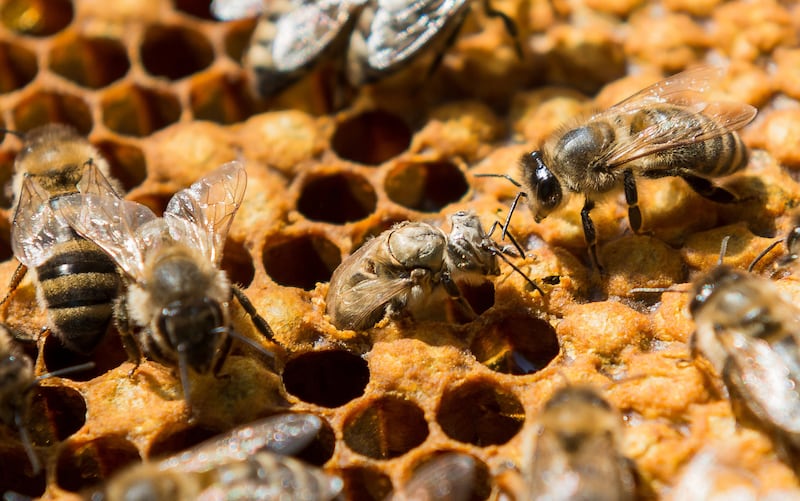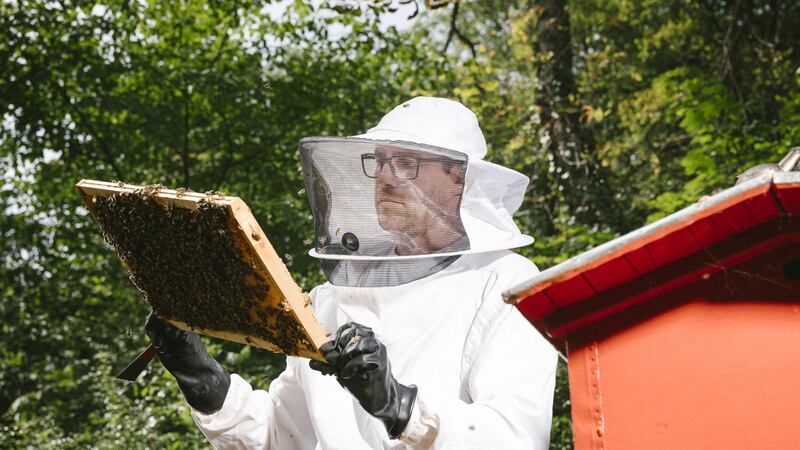Three-quarters of the honey produced around the world contains nerve agent pesticides that can harm bees and pose a potential health hazard to humans, a study has shown.
Scientists who tested 198 honey samples from every continent except Antarctica discovered that 75% were laced with at least one of the neonicotinoid chemicals.
More than two-fifths contained two or more varieties of the pesticides and 10% held residues from four or five.

Environmental campaigners responded by demanding a “complete and permanent” ban preventing any further use of neonicotinoids on farm crops in Europe.
Experts called the findings “alarming”, “sobering” and a “serious environmental concern” while stressing that the pesticide residue levels found in honey generally fell well below the safe limits for human consumption.
However, one leading British scientist warned that it was impossible to predict what the long-term effects of consuming honey containing tiny amounts of the chemicals might be.
Dave Goulson, Professor of Biology at the University of Sussex, said: “Beyond doubt… anyone regularly eating honey is likely to be getting a small dose of mixed neurotoxins.
“In terms of acute toxicity, this certainly won’t kill them and is unlikely to do measurable harm. What we don’t know is whether there are long-term, chronic effects from life-time exposure to a cocktail of these and other pesticides in our honey and most other foods.”
For practical reasons it was “impossible to do a proper experiment to test this”, he added.
Neonicotinoids are neuro-active chemicals similar to nicotine that have proved to be highly effective at protecting crops from pests, especially aphids and root-eating grubs.
They can either be sprayed on leaves or coated on seeds, in which case they infiltrate every part of the growing plant.
Currently it is illegal to use the pesticides thiamethoxam, clothianidin and imidacloprid on mass-flowering crops that attract bees. The chemicals can still be used to treat other kinds of crops including wheat and other cereals and sugar beet.

The new research published in the journal Science could not have come at a more sensitive time in Europe. EC policymakers are right now discussing whether to make the ban permanent and more wide ranging.
A total ban would have a huge impact on cereal growers in the UK.
For the study, an international team of European researchers tested almost 200 honey samples from around the world for residues left by five different neonicotinoids.
Three-quarters of all the samples contained at least one of the pesticides. A total of 45% contained two or more and a tenth contained four or five. Concentrations were highest in European, North American and Asian samples.








